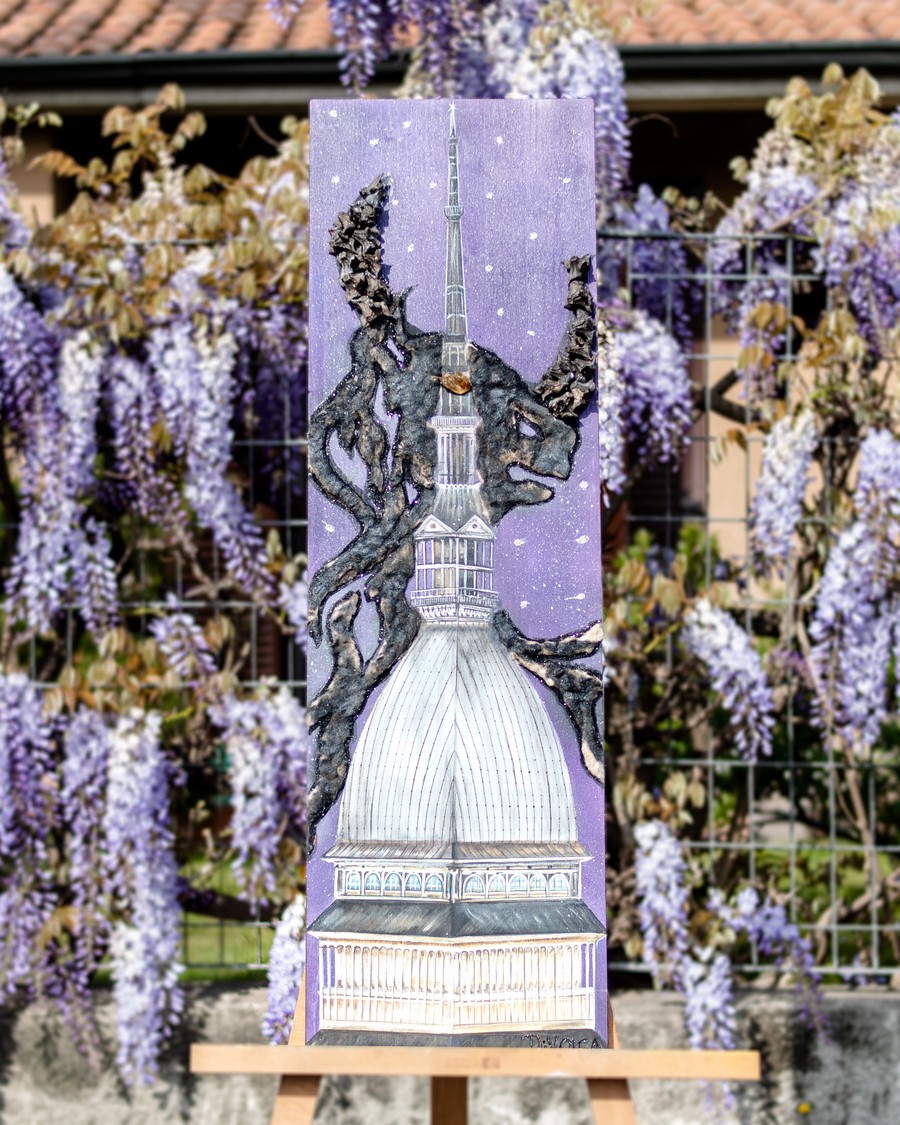Turin
Mole Antonelliana is the same age as the Eiffel Tower. While the
latter was completed for the Exposition Universelle of 1889, the
former was open to the public in the same year - despite all the
difficulties with the building project. At the beginning, the tower was
built underneath the Jewish synagogue and was supposed to be
about 216 feet tall. The architect Alessandro Antonelli insisted on
raising it up to almost 550 feet.
It has a masonry basement while its ground floor has been realised
in line with the best Neoclassical art traditions. The upper part
adheres to the Neo Gothic tradition. Throughout the years, the
tower grew both in height and appreciation. Nonetheless, its
building wasn’t exempt to controversy: while Antonelli meant the
pinnacle to be high and sharp, this was contrary to Jewish
architectural tradition for synagogues. As a consequence, the
project was halted and the building disused until it was destined to
host the National Museum of Cinema.
The Mole has been iconically chosen for the two-cents Italian coin and for the 2006 Winter Olympics which took place in Turin. The Alps stretch out surrounding Turin’s landscape. They recall the vigorous body of a bull, long believed to be the pillar of the Universe; moreover, its horns remind of the profile of the moon. Could this be that same bull which carried the beautiful Europe away from her family, a symbol of male and animal nature? We also find it on Turin’s emblem. In heraldry, the black bull stands for courage and military power, commensurate with Turin’s history.
What I used
Cattail
In Baltic cultures, cattail is variously used in cooking, medicine and ornamental arts.
Its fluff is used to stuff pillows, make fabric, art pottery, as a natural water filter or fuel.
Natural gum and cherry resin Hardened trees’ resin has been widely used in medicine since the old times. Nowadays, gum is used in food, paper, textile industries and mineral extraction.
Trapa natans (water caltrop or buffalo nut) The etymon is deeply connected to the appearance of the water caltrop: its black fruit recalls the horned head of a bull, further summoning the devil’s figure.
Archeologists claim that the devil pod was already eaten during the Stone Age. Ancient Greeks considered it to be a talisman luring cash flow and wealth.
The Mole has been iconically chosen for the two-cents Italian coin and for the 2006 Winter Olympics which took place in Turin. The Alps stretch out surrounding Turin’s landscape. They recall the vigorous body of a bull, long believed to be the pillar of the Universe; moreover, its horns remind of the profile of the moon. Could this be that same bull which carried the beautiful Europe away from her family, a symbol of male and animal nature? We also find it on Turin’s emblem. In heraldry, the black bull stands for courage and military power, commensurate with Turin’s history.
What I used
Cattail
In Baltic cultures, cattail is variously used in cooking, medicine and ornamental arts.
Its fluff is used to stuff pillows, make fabric, art pottery, as a natural water filter or fuel.
Natural gum and cherry resin Hardened trees’ resin has been widely used in medicine since the old times. Nowadays, gum is used in food, paper, textile industries and mineral extraction.
Trapa natans (water caltrop or buffalo nut) The etymon is deeply connected to the appearance of the water caltrop: its black fruit recalls the horned head of a bull, further summoning the devil’s figure.
Archeologists claim that the devil pod was already eaten during the Stone Age. Ancient Greeks considered it to be a talisman luring cash flow and wealth.



